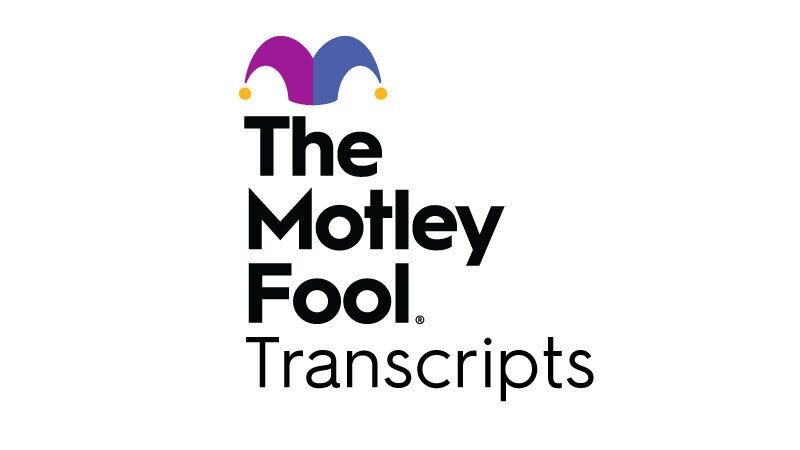Copyright forbes

NEWTON, MA - JANUARY 14: At the Angier School, fourth grade teacher Lauren Comando has 24 students, one aide and one special education teacher in classroom that is under the standard size. (Photo by Joanne Rathe/The Boston Globe via Getty Images) Boston Globe via Getty Images In March, President Trump signed an executive order calling for the dismantling of the Department of Education, which requires an act of Congress. It is a goal of Project 2025. Since such legislation was not forthcoming, he proceeded to slash employees’ numbers by more than half. The Individuals with Disabilities Education Act, also known as IDEA, is supposed to ensure children with disabilities receive instruction in the least restrictive environment possible. In 2022-23, 7.5 million students, or 15 percent of all public school students, received services under IDEA. At least 121 of the 179 staff who remained after the spring firings in the Office of Special Education and Rehabilitative Services were laid off, effectively killing implementation of the IDEA Act. This office protected disabled students’ rights, and OSEP distributed $15 billion in federal grants to schools in 2025 for aides, therapists, assistive technology, and other supports. IDEA also requires the Education Department to verify that states are lawfully supporting students with disabilities, according to the Center on Budget and Policy Priorities. As part of these sweeping changes, Trump announced that he was moving Special Ed to the Department of Health and Human Services, placing it under Robert F. Kennedy Jr’s purview. Many people are critical of this move. Laura Rothstein, JD, is an Emerita Professor of Law at the University of Louisville and focuses on Special Education Law. She described this as “a huge move backwards” and that it is “more than likely to decrease dramatically the availability of special education services across the board.” She noted, “The Americans with Disabilities Act was passed with strong, strong bipartisan support. The first President Bush was the one who signed this” in 1990. Further, because “everybody knows somebody [a child with a disability] who does or somewhere in their family, and they can see the benefits” of being inclusive. MORE FOR YOU Megan Carmilani, Founder and President of Long Covid Families, addresses specific concerns relating to long Covid. While asthma is the most common chronic health problem in children, long Covid is even more common, affecting up to 10% to 20% of children with a history of COVID-19, and resulting in almost 6 million children in the US who are potentially affected, although most remain undiagnosed. Funding for schools is tied to attendance, so recurrent or prolonged absences pose financial as well as academic problems. Carmilani also emphasizes, “long Covid is a dynamic disability, and it waxes and wanes, and our school system is not set up for dynamic disabilities.” It’s hard to understand the day-to-day variability in symptoms unless you’ve seen it or experienced it. Carmilani adds, “So what happens, though, is that the kids are getting pushed out of the classroom. So they’re told, if you can't be here every day, you're going to have to do homebound education, or you're going to have to do virtual school.” But virtual learning may not work well for kids with long Covid, because it often is associated with brain fog or cognitive impairment. “For a child that's got moderate to severe, long Covid, they end up homeschooling because interacting with the school has become such a stress point, it wasn't worth it for them anymore. But now you have a family who's trying to home school a pretty significantly disabled child without any kind of support,” Carmilani said. For Carmilani, a related major problem is truancy. Kids with long Covid may look well, prompting disbelief. Many physicians, nurses, and educators are not well-versed in the symptoms and waxing and waning nature of long Covid. As a result, they are reluctant to provide excused medical absences. So threats of truancy are a growing problem, forcing families to homeschool or leading them to choose homeschooling. That comes with its own problems, which may include social isolation. There is variation in what states consider an excused absence. Also, “children of color were up to four times more likely to have their absences marked unexcused,” per Rolling Stone. Their article also notes that “the DOE did not respond to inquiries from Rolling Stone about policies for determining unexcused absences or the initiation of truancy investigations. The agency also did not respond to inquiries about how schools should incorporate protections under the Americans with Disabilities Act into their policies around absences or truancy.)” A UN brief notes that people with disabilities are at higher risk of contracting COVID-19. There are additional problems in schools, as many will not allow HEPA filters or allow children to wear masks. Disabilities and Kennedy In terms of disabled children and what a move to HHS might mean for their education, Kennedy appears to have spoken exclusively about children with autism. His comments drew widespread backlash when, in April, he said, “These are kids who will never pay taxes, they’ll never hold a job, they’ll never play baseball, they’ll never write a poem, they’ll never go on a date, many of them will never use a toilet unassisted.” His proposal to have an autism database also kindled concerns about eugenics, given the history of other registries. David Gorski, MD, PhD, managing editor of Science-Based Medicine, was the most direct in calling this out: “The rhetoric about how those with ‘severe autism’ ‘destroy families’ and how autism ‘destroys children’ is very reminiscent of the sorts of rhetoric used to justify the Aktion T4, the ‘euthanasia’ program instituted by the Nazis around the start of World War II to eliminate those with serious conditions that necessitated lifelong care in institutions.” Conclusion: Heather Eckner, Director of Statewide Education for the Autism Alliance of Michigan (AAoM), suggests that if Trump is successful in completely dismantling the DOE and moving special ed under Kennedy’s watch, we can expect continued erosion of special support and services and increased disparities between states. We might also expect worsening discrimination against students with disabilities. There will be a loss of funding and data collection about outcomes, making further intervention harder. IDEA enjoyed a long history of bipartisan support. Can that be sustained in this divided Congress? As Rothstein concluded, “the goal is to have everyone be able to function as independently as possible. And if that's not the case, it has a toll on society in ways that I don't think we want to go back to.” Note: Rothstein noted that the views shared are her own and do not necessarily reflect the view of the University of Louisville. Editorial StandardsReprints & Permissions



